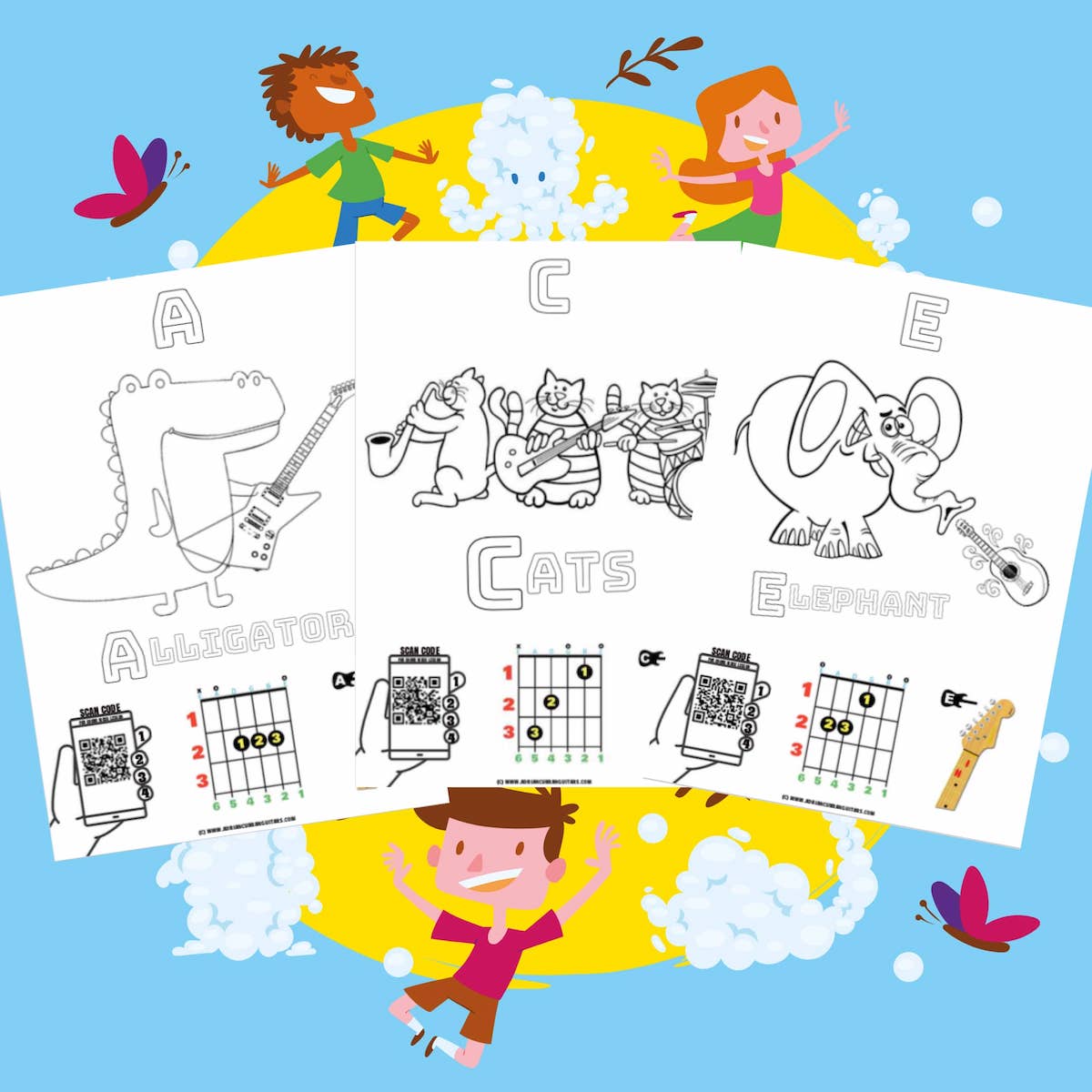The Power of Finger Independence on Guitar - Precision and Grace

Finger independence and dexterity are crucial skills for every guitarist, regardless of their preferred style or level of experience.
These skills enable you to play complex chords, execute advanced techniques, and navigate the fretboard with ease.
You have to approach your guitar much like an athlete approaches their sport - you train , develop and master.
It takes time and patience!
In this comprehensive guide, I'll explore practical exercises and tips to help you develop finger independence and dexterity.
Understanding Finger Independence and Dexterity
What is finger independence?
Finger independence refers to the ability to move each finger independently, without affecting the motion or position of the other fingers.
What is finger dexterity?
Finger dexterity is the skill to move your fingers quickly, accurately, and smoothly when playing the guitar.
Importance of finger independence and dexterity
Developing these skills enables you to play more complex chords, scales, and techniques, and enhances your overall guitar playing ability.
KID'S GUITAR PLAYBOOK
CLICK PIC BELOW
Exercises for Developing Finger Independence
The Spider exercise
This exercise involves placing your fingers on consecutive frets and strings, then moving each finger one string at a time, focusing on keeping the other fingers stationary.
Hammer-ons and pull-offs
Practice hammer-ons and pull-offs with each finger combination, ensuring that each finger moves independently and smoothly.
String skipping
Practice playing scales or arpeggios with string skipping, focusing on maintaining finger independence and control during string transitions.
Chord changes
Work on changing between various chord shapes, concentrating on the independent movement of each finger during the transitions.
Exercises for Developing Finger Dexterity
Chromatic scale exercises
Practice playing the chromatic scale using all four fingers, starting slowly and gradually increasing the tempo as your dexterity improves.
Finger stretching exercises
Play scales or patterns that require large stretches between your fingers, gradually increasing the distance as your finger flexibility improves.
Alternate picking
Incorporate alternate picking into your scale and arpeggio practice to develop finger dexterity and coordination between your fretting and picking hands.
Legato techniques
Practice legato techniques such as hammer-ons, pull-offs, and slides to develop finger strength, control, and dexterity
Tips for Building Finger Independence and Dexterity
Start slow and be patient
Begin practicing exercises at a slow tempo, focusing on accuracy and control. Gradually increase the speed as your skills improve, and be patient with your progress.
Use a metronome
Practice with a metronome to develop consistent timing and rhythm, as well as finger dexterity and independence.
Consistent practice
Dedicate time to working on finger independence and dexterity exercises during each practice session, ensuring consistent progress and improvement.
Stay relaxed
Maintain a relaxed posture and hand position while practicing, avoiding excessive tension that may hinder your finger movement and dexterity.
Enjoy the process
Developing finger independence and dexterity is crucial for unlocking your full potential as a guitarist.
By understanding the importance of these skills and incorporating targeted exercises into your practice routine, you'll build a solid foundation for playing complex chords, scales, and techniques with ease and confidence.
Need help with your Guitar Playing
I offer Live, online Guitar lesson! For more details CLICK HERE
Your Finger Independence questions answered
How do you get finger independence on guitar?
To cultivate finger independence on the guitar, start with finger awareness, recognizing each finger's role on the fretboard.
Progress with isolation exercises, lifting one finger while keeping the others down, focusing on each finger individually.
Begin simple chromatic exercises, ascend and descend the fretboard with one finger per fret.
Develop strength and control through hammer-ons and pull-offs with different finger combinations. Integrate string skipping into scales and arpeggios, emphasising finger independence during transitions.
Can finger independence be trained?
Finger independence on the guitar can be trained and improved significantly with consistent practice.
By engaging in targeted exercises and techniques that isolate each finger's movement and coordination, guitarists can enhance their finger independence over time.
These exercises, ranging from chromatic scales and finger gymnastics to chord transitions and string skipping, help develop both the strength and dexterity needed for independent finger movement.
Patience, persistence, and a dedicated practice routine are key to making meaningful progress in achieving greater finger independence on the guitar.
Is it possible to train your pinky to move independently?
Yes, it is absolutely possible to train your pinky to move independently on the guitar.
With consistent practice and focused exercises, you can improve the dexterity and coordination of your pinky finger.
Start with simple exercises like chromatic scales and finger isolation drills, gradually incorporating your pinky into more complex movements.
It may take time and patience, but with dedicated practice, your pinky can become more agile and independent, allowing you to tackle challenging guitar techniques and fretboard navigation with greater ease and precision.




